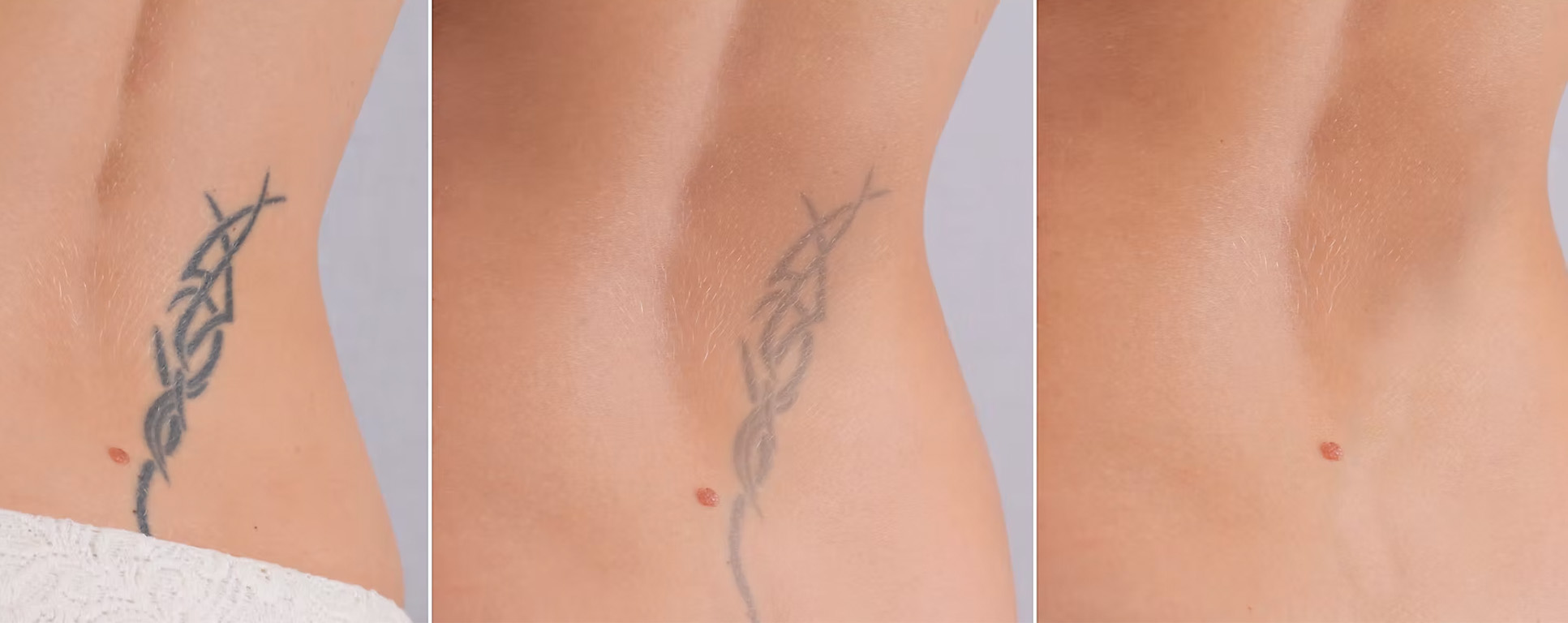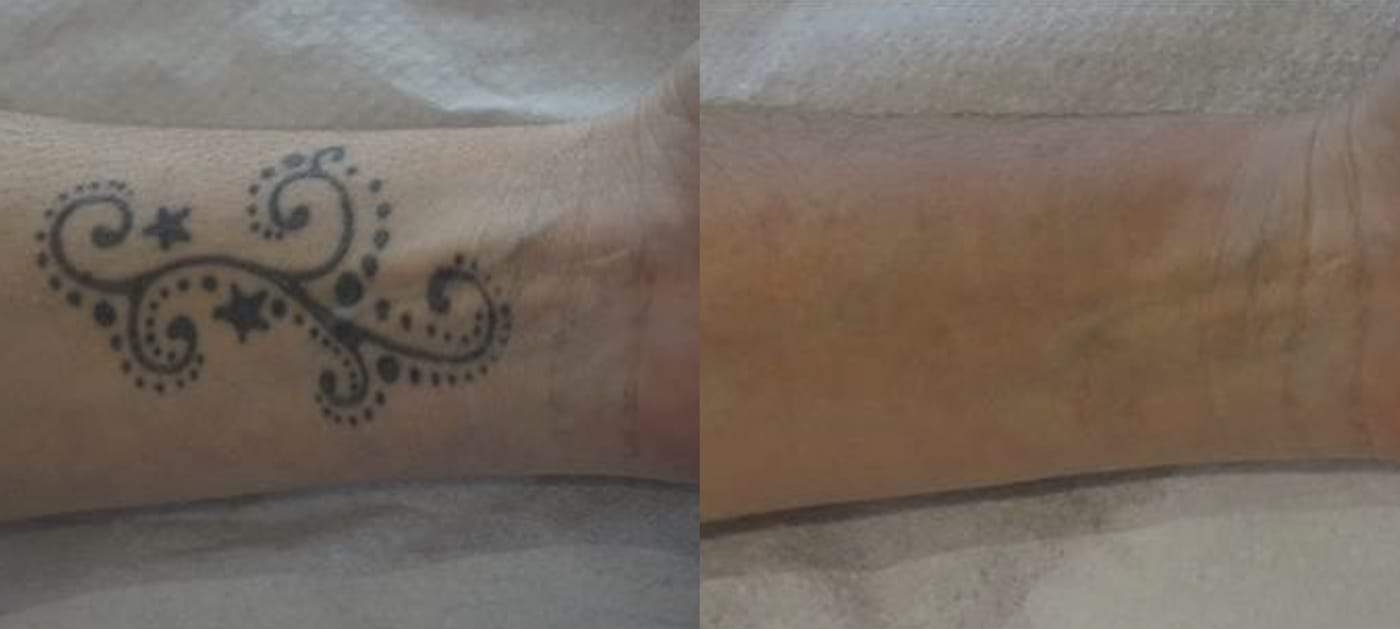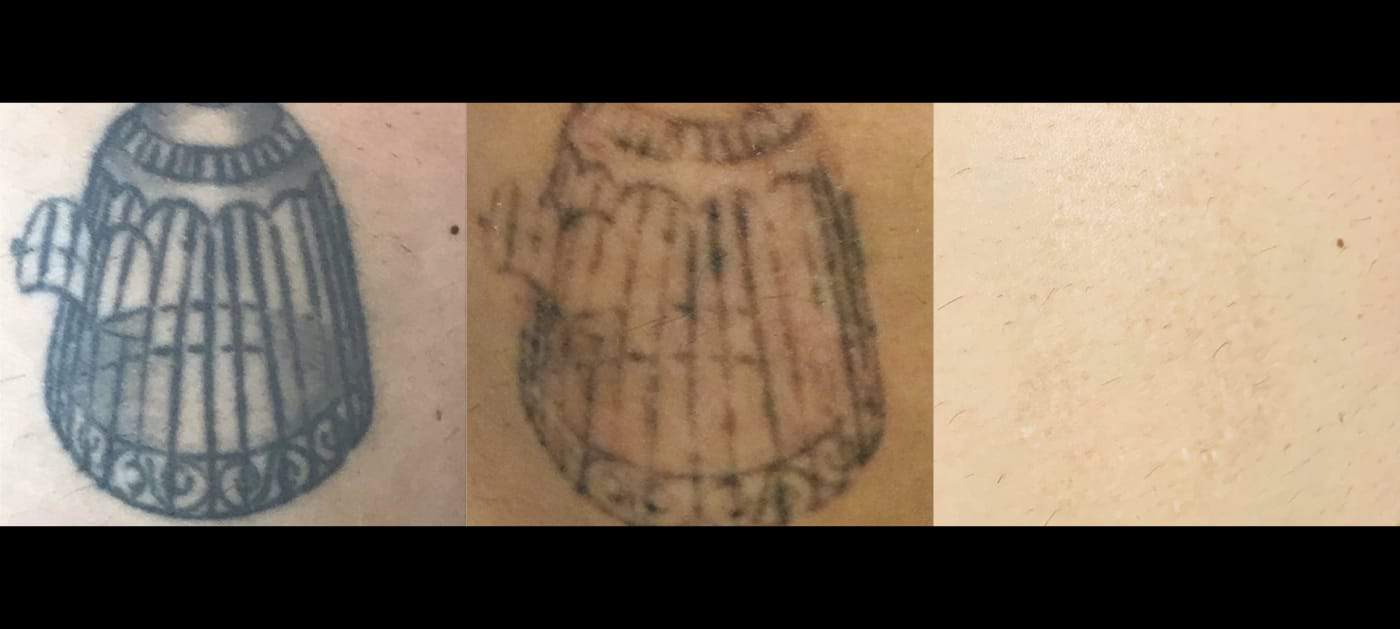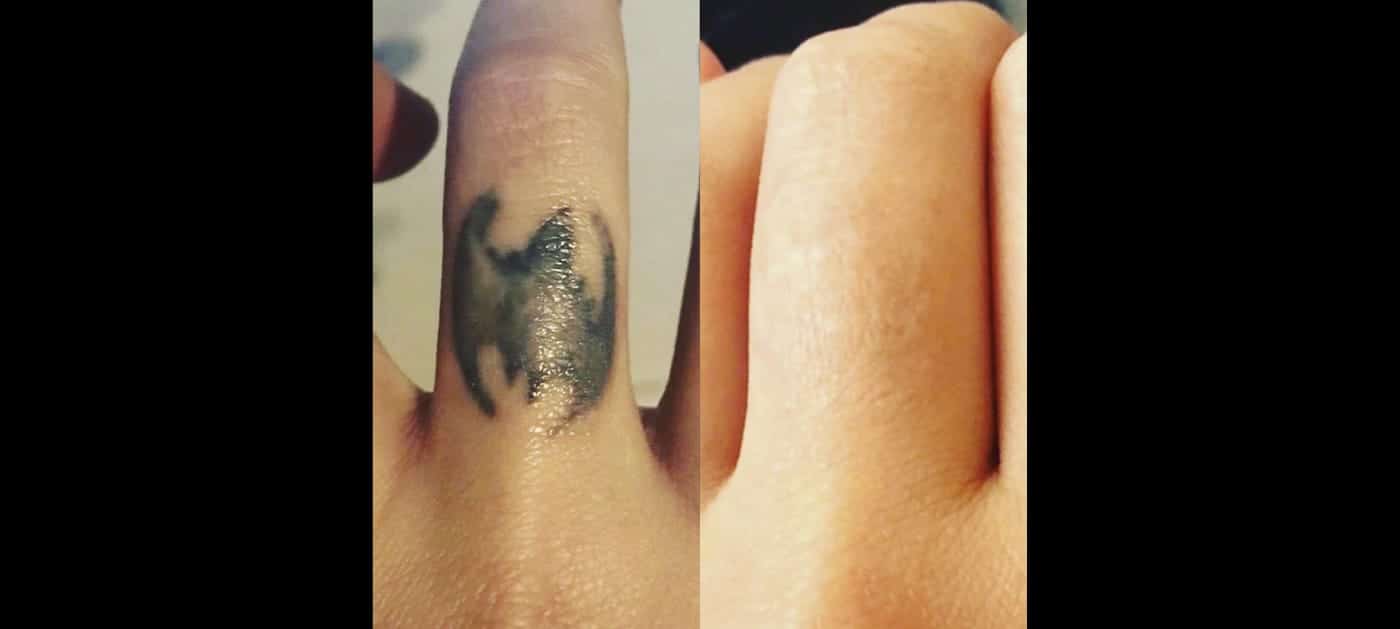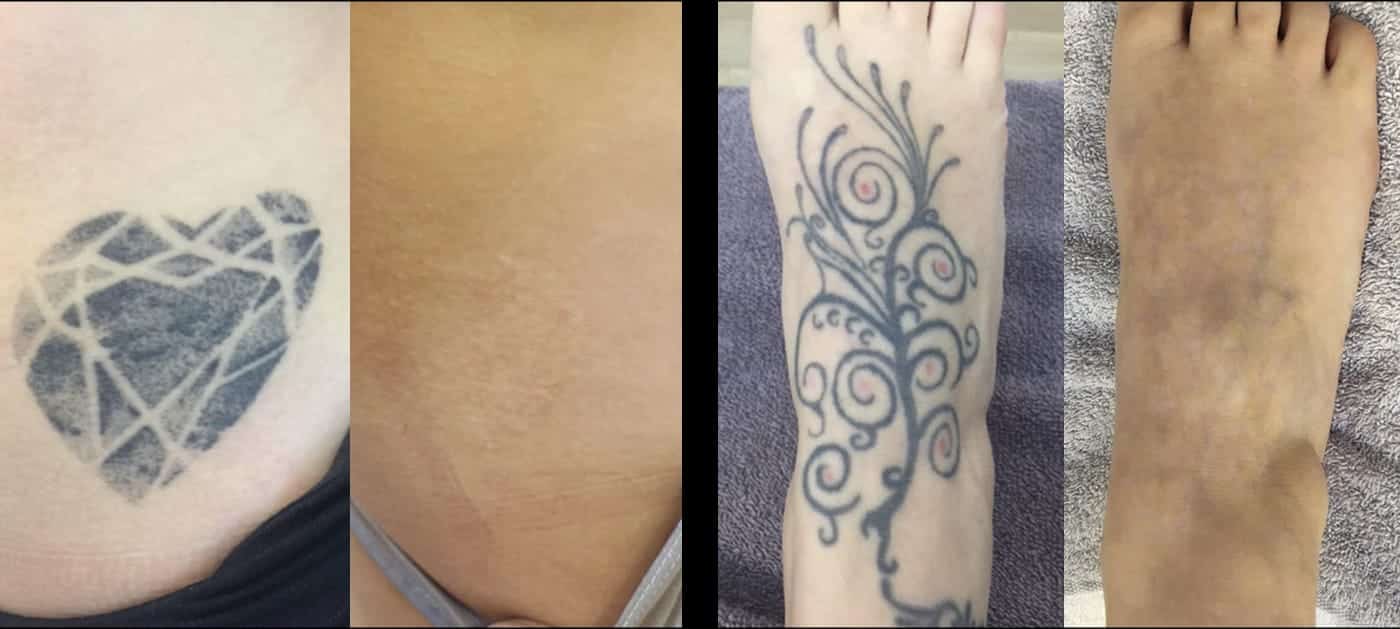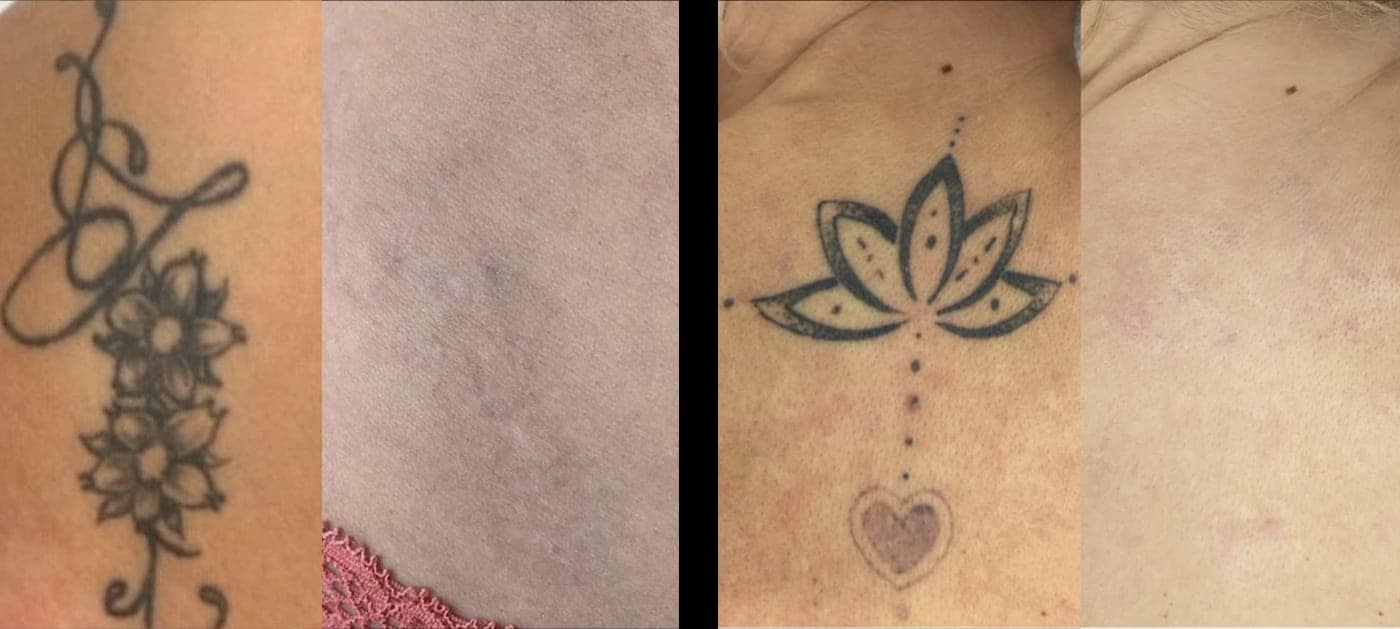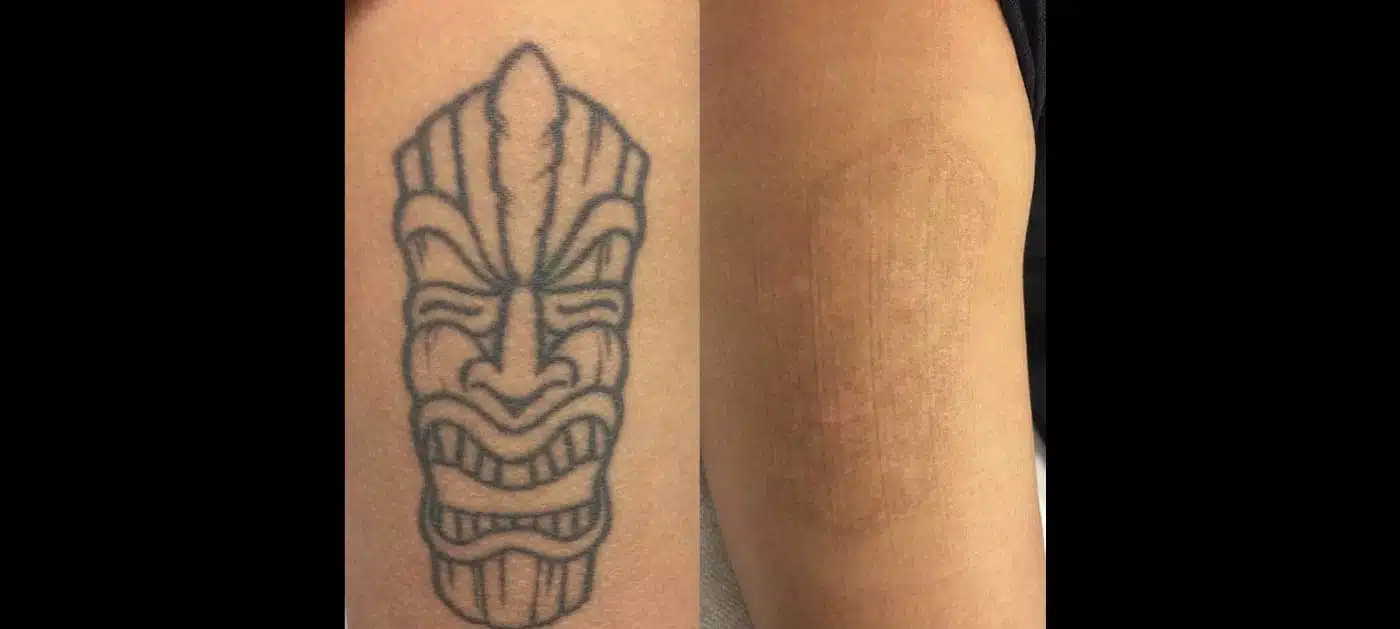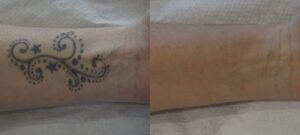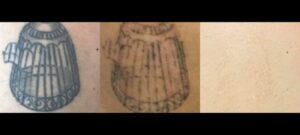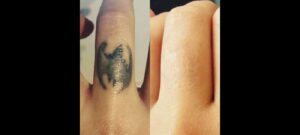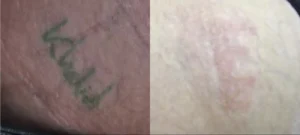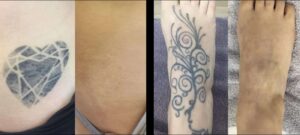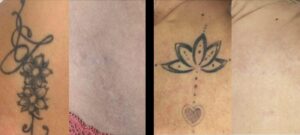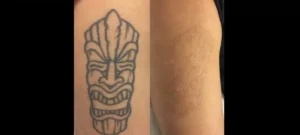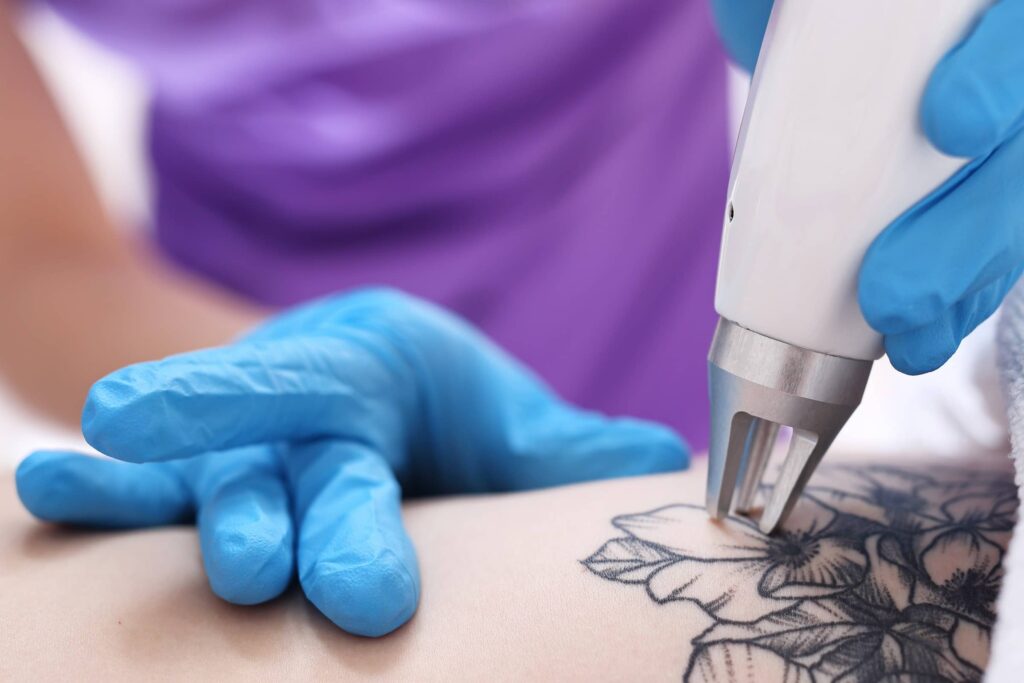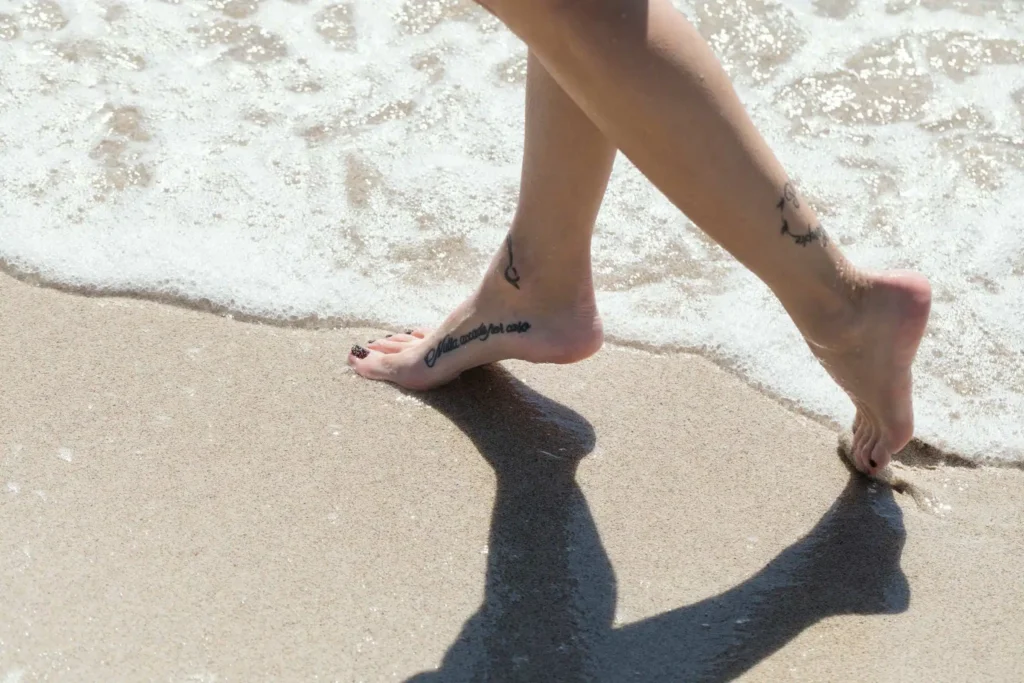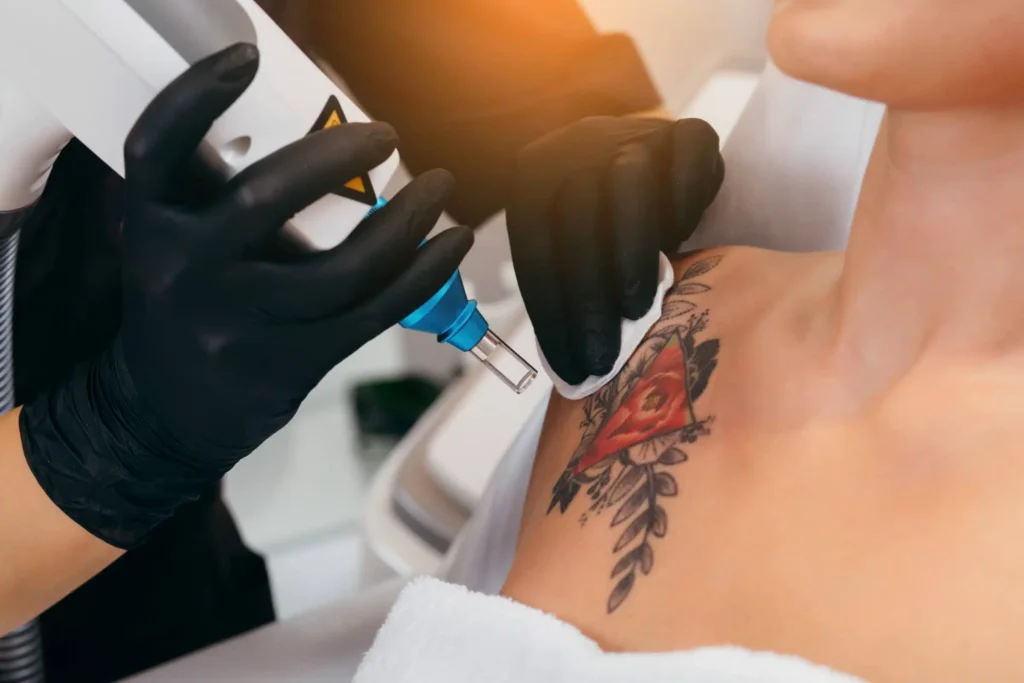General information
Tattoos, as body worship and works of art, are not always timeless. The little butterfly on the ankle, Asian signs along the spine or the name of a once-loved person: not all tattoos seem destined to last forever. The Picoplus laser is the latest generation laser system for tattoo removal. Using targeted laser beams, the ink particles in the skin are reduced to tiny pieces, which can then be flushed out of the body through the lymphatic fluid. The decisive factor for successful treatment is the wavelength of the laser, which must be matched to the color (wavelength spectrum) of the color pigments. Black and dark blue tattoos are particularly easy to remove. Compared to previous Laser Pico models, the PicoPlus laser, with its ultra-short energy pulses, removes tattoos faster, safer and more effectively. With light pulses 100 times faster, the PicoPlus laser delivers results that are not only faster, but also more effective than the Q-switched Nd:YAG laser used to date, for example. What's more, there are fewer side effects. Unlike traditional laser models, the PicoPlus laser requires an average of just 6 treatments. Significant lightening is already visible after the first treatment. The amount of pigment actually eliminated by the body during each treatment can only be determined after around three weeks.★ power,★ precision and★ speed
Number of treatments required
You will find below the various parameters that will enable you to estimate the number of treatments required for your tattoo. The number of treatments is given as an indication only. Each tattoo is unique. This is why the actual number of treatments may differ from the indicative values.
- Injection depth and tattoo quality
- Ink quantity (pigment density)
- Professionalism (amateur or professional tattoo artist)
- Colors (monochrome/multicolor)
- Tattoo size
- Age of tattoo

